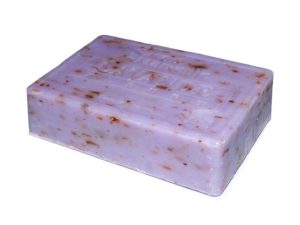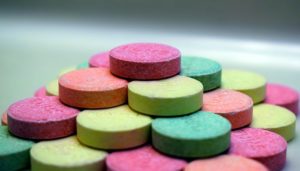What are Alkalis?
Alkalis are soluble bases, they can dissolve in water to form a solution. As alkalis dissolve in water they form OH⁻ ions. These ions are also known as hydroxide ions.
Alkalis always have a pH greater than 7.
Alkalis, behave as proton acceptors and can neutralise acids.
Alkaline solutions also feel slippery to touch. This is because they react with fats and oils in the skin, turning them into soap. Concentrated alkalis can also be caustic and cause damage to organic tissues.

Examples of Alkalis
All alkalis normally contain a metal cation and a hydroxide anion. They are also solid.
For example:
Sodium hydroxide - NaOH
Potassium hydroxide - KOH
Magnesium hydroxide - Mg(OH)2
However, there is one exception. Ammonia (NH3) is a gas. It does not contain an OH⁻ ion. But when ammonia dissolves in water it forms ammonium hydroxide NH4OH
Reactions of Alkalis
Alkalis always react with acids in a neutralisation reaction. In these reactions, salt and water are produced. The pH of the solution also moves towards pH7
metal hydroxide + acid --> salt + water
Uses of Alkalis
Different alkalis have different uses depending on their strength. Strong alkalis such as sodium hydroxide can be used as a cleaning product. Sodium hydroxide is also known as caustic soda.
Weaker alkalis such as magnesium hydroxide can be used as an antacid as they neutralise excess stomach acid.

« Back to Glossary Index
